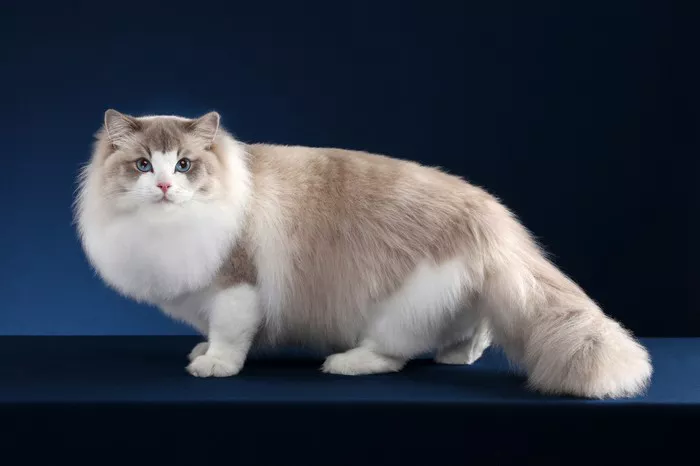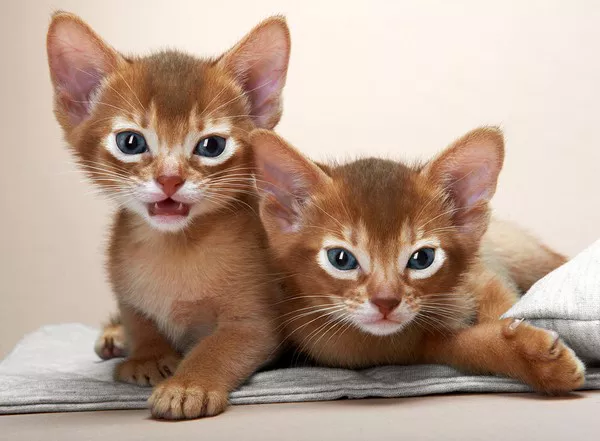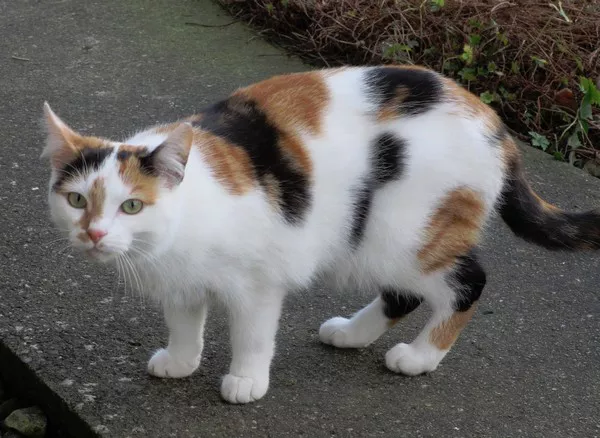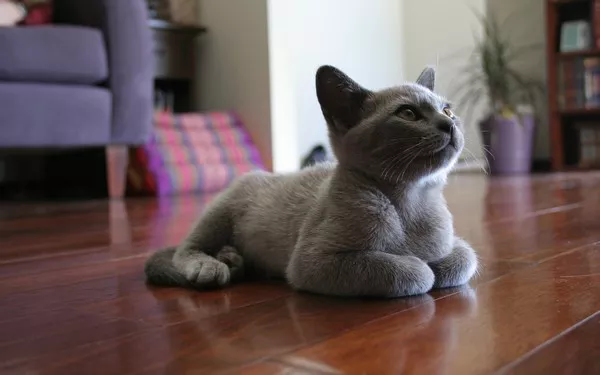The image of a cat lapping up a bowl of milk is a classic and enduring one. It’s a scene often portrayed in literature, movies, and even popular culture. However, the reality is that many cats, particularly as they mature into adulthood, are lactose intolerant. This brings us to the question: Are cats lactose intolerant, and why does the combination of milk and kitties often lead to digestive issues?
In this exploration, we delve into the intricacies of feline digestion, the concept of lactose intolerance in cats, and the reasons why offering your cat a saucer of milk might not be the treat you imagine it to be.
Understanding Feline Digestion:
Before delving into the specifics of lactose intolerance, it’s essential to grasp the basics of feline digestion. Cats are obligate carnivores, meaning their natural diet primarily consists of meat. Unlike omnivores, such as humans, cats lack certain digestive enzymes, like amylase, which are necessary for breaking down and metabolizing carbohydrates.
The feline digestive system is adapted for processing animal proteins and fats. Cats have a relatively short digestive tract, reflecting their evolutionary adaptation to a diet of small, frequent meals derived from hunting. This design allows for the quick digestion and absorption of nutrients from meat.
The Role of Lactose in Milk:
Lactose is a sugar naturally found in milk and dairy products. It comprises two sugar molecules, glucose and galactose, linked together. To digest lactose, the enzyme lactase is required to break it down into its individual components, allowing for absorption in the intestines.
Kittens, like human infants, produce lactase in abundance during their early stages of life. This enzyme facilitates the digestion of their mother’s milk, a crucial nutrient source for their growth and development. However, as kittens grow and are weaned from their mother’s milk, the production of lactase typically decreases.
The Decline of Lactase Production:
The decline in lactase production in cats is a natural part of their development. After weaning, the need for lactase diminishes, aligning with the shift to a diet focused on solid food. This reduction in lactase production is a common occurrence in many mammals, including humans.
As cats transition from the lactose-rich milk of their mother to a more carnivorous diet, the levels of lactase in their system decrease. This decrease is a sign that the ability to efficiently break down lactose becomes less critical to their nutritional needs.
Lactose Intolerance in Adult Cats:
Lactose intolerance occurs when a cat lacks a sufficient amount of lactase to digest lactose effectively. This condition is prevalent in adult cats and is a normal physiological response to the dietary changes that come with maturity.
When lactose-intolerant cats consume milk or dairy products, the undigested lactose reaches the large intestine. In the large intestine, bacteria ferment the lactose, leading to the production of gas and other byproducts. This fermentation process can result in gastrointestinal discomfort, including gas, bloating, diarrhea, and abdominal pain.
It’s crucial to note that not all cats become lactose intolerant, and individual tolerance levels can vary. Some cats may maintain higher levels of lactase into adulthood, allowing them to digest lactose with minimal issues. However, the majority of adult cats experience a decline in lactase production, making them prone to lactose intolerance.
Recognizing the Signs of Lactose Intolerance:
If you’ve ever offered your adult cat a small bowl of milk and noticed subsequent digestive issues, it’s possible that your feline friend is lactose intolerant. The signs of lactose intolerance in cats can manifest shortly after consuming dairy products and may include:
Diarrhea: One of the most common symptoms of lactose intolerance is diarrhea. The undigested lactose in the large intestine draws water into the colon, leading to loose stools.
Abdominal Discomfort: Cats with lactose intolerance may exhibit signs of abdominal discomfort, including bloating and discomfort. They may vocalize or display restlessness.
Flatulence: The fermentation of lactose by bacteria in the large intestine produces gas, leading to flatulence in lactose-intolerant cats.
Vomiting: In some cases, lactose-intolerant cats may experience vomiting as a result of consuming dairy products.
It’s essential for cat owners to be observant of these signs and recognize that lactose intolerance is not limited to milk alone. Dairy products, such as cheese and yogurt, also contain lactose and may trigger similar digestive issues in lactose-intolerant cats.
Myth of the Saucer of Milk:
The notion of offering a saucer of milk to a cat is deeply ingrained in popular culture. However, this age-old practice can be traced back to a time when milk was commonly stored in shallow containers, and cats, being attracted to the scent and taste of milk, would indulge in what they found.
While the image of a cat sipping milk may evoke nostalgia, it’s essential to separate myth from reality. Milk, in its traditional form, is not an ideal treat for adult cats, especially those with lactose intolerance. Instead, there are specially formulated “cat milk” products available that are lactose-free and designed to be a safe and enjoyable treat for cats.
Cat Milk Alternatives:
Recognizing that traditional cow’s milk may not be suitable for adult cats, several cat milk alternatives are available in the market. These products are formulated to mimic the flavor and consistency of milk without containing lactose. Cat milk alternatives often use ingredients such as water, milk proteins, and added vitamins to create a palatable and digestible option for feline companions.
When selecting a cat milk alternative, it’s essential to choose products specifically designed for cats, as some human alternatives may still contain lactose. Additionally, moderation is key, as even lactose-free treats should be given sparingly to avoid upsetting a cat’s regular diet.
See Also: Can Kittens Safely Consume Bread & Milk? [Revealed!]
Conclusion:
In conclusion, the question of whether cats are lactose intolerant can be answered with a resounding “yes” for many adult felines. While the image of a cat enjoying a bowl of milk is iconic, the reality is that the majority of adult cats may lack the necessary enzymes to digest lactose efficiently.
Understanding the physiology behind lactose intolerance in cats allows cat owners to make informed choices regarding their feline friends’ diets. Opting for lactose-free cat milk alternatives ensures that cats can indulge in a treat that is both safe and enjoyable.
As with any dietary considerations for pets, consulting with a veterinarian is advisable to address specific health concerns or dietary restrictions unique to individual cats. By making informed choices and being attuned to the needs of our feline companions, we can provide them with a diet that supports their overall well-being and ensures a happy and healthy life.


























